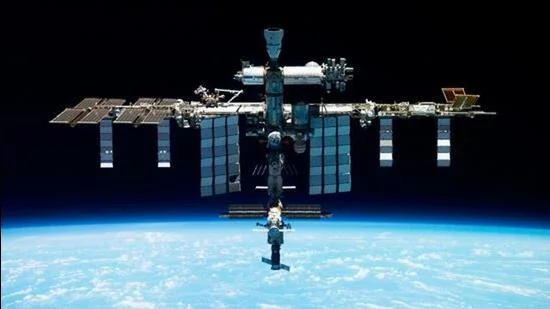
India’s Gaganyaan Mission: Crewed Launch Pushed to 2027, But Progress Soars
India's ambitious Gaganyaan mission, aiming to launch Indian astronauts into space, has been rescheduled for the first quarter of 2027. While the delay is a setback, it underscores the complexity and meticulous preparation required for human spaceflight. The mission represents a pivotal moment for India, positioning it among a select group of nations capable of independent human space exploration.
Jitendra Singh, the Union Minister of State for Science and Technology, emphasized the intensive testing, astronaut training, and technological innovation driving the program. These efforts are not only crucial for a successful launch but also lay the groundwork for India's future endeavors in space exploration.

Several key test missions have paved the way for the 2027 launch. The TV-D1 mission evaluated launch vehicle systems under real conditions, while the Test Vehicle Abort Mission (TVAM) demonstrated the Crew Escape System, a critical safeguard for astronauts in case of emergencies. A second test mission, TV-D2, is slated for 2025, followed by a series of unmanned flights simulating the conditions of a human flight.
V. Narayanan, Chairman of ISRO, highlighted the stringent safety measures and rigorous testing involved. "There are thousands of components and at least 10 lakh lines of code that need to be written for ensuring that the crew in the launch vehicle is safe, can escape in case of an emergency, [and] they can be brought back safely to Earth after the mission is completed," he stated. The launch vehicle will be the LVM3, specifically designed for the complexities of human space travel
The Gaganyaan mission also spurred significant technological advancements in robotics, materials science, electronics, and medicine. These innovations extend beyond space exploration, benefiting various industries and fostering economic growth. The mission has also encouraged greater collaboration with private industry, opening up new possibilities for economic development and technological progress.
Looking ahead, India aims to establish its own space station, the Bharatiya Antariksh Station (BAS), by 2035 and conduct a crewed lunar mission by 2040. These ambitious goals underscore India's commitment to becoming a major player in the global space arena.
While the Gaganyaan mission experienced a scheduling change, the underlying progress and meticulous preparation highlight India's unwavering commitment to space exploration. The mission promises to elevate India's technological capabilities, inspire future generations, and contribute to the global understanding of space.
What are your thoughts on the Gaganyaan mission and its potential impact on India's future? Share your opinions in the comments below!